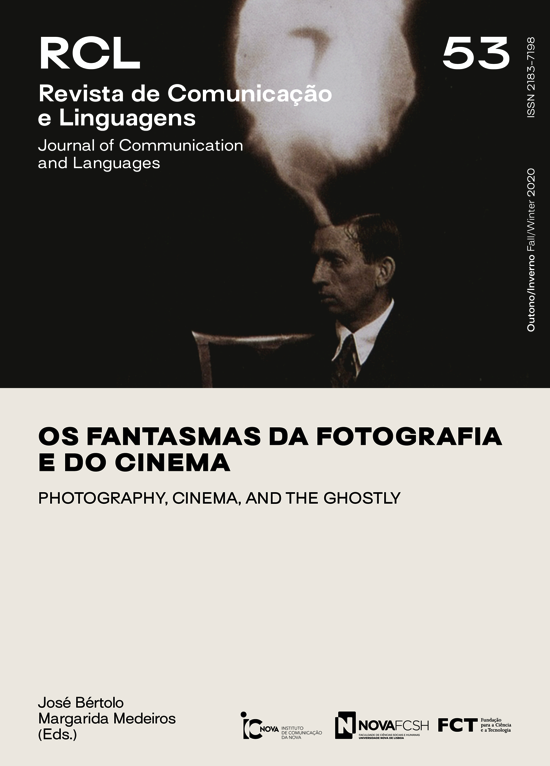Ghosts beneath the surface: Remnants and revenants of Palestine in the Cinema of the Interior
Résumé
In a 2003 interview with the Journal of Palestine Studies, the director Elia Sulieman evoked the spectre of the revenant (which appears by coming back) when explaining the pres- ence of Palestinians within Israel in terms of Israel’s being haunted by the spectre of the ‘becoming-Palestinian’ of the Israeli-Arab. This is both an allusion to a historical le- gal condition of present absence (the Knesset’s 1950 Law of Absentee Property), but also articulates—this article claims—an emerging hauntology/ontology of the cine- matic image of the Palestinian in Israel.This article argues that the contemporary cinema of Palestinians in Israel is essentially a cinema of ghosts, where temporal disjoint- edness and spatial displacement constantly disturb the project of national identity formation; from the haunting of Jaffa in the work of Kamal Aljafari, where Palestinian ‘ghosts’ are re-inscribed onto the work of Israeli director Menahem Golan, to the ghostly lacuna between Arab and Jew which haunts Amos Gitai’s Ana Arabia (2013). Drawing on Jacques Derrida’s notion of ‘the spectral’, alongside a critical analysis of what Edward Said termed al-dakhil (the interior), the article examines Palestinian interiors as haunted sites. The article contends that from within these sites, Palestinian cinematic remnants stubbornly refuse to be buried, haunting and acting back on the State which has attempted to repress them.
Spectre | Jacques Derrida | Edward Said | binationalism | palestinian cinema
Copyright (c) 2020 Revista de Comunicação e Linguagens

Ce travail est disponible sous licence Creative Commons Attribution - Pas d’Utilisation Commerciale 4.0 International.


